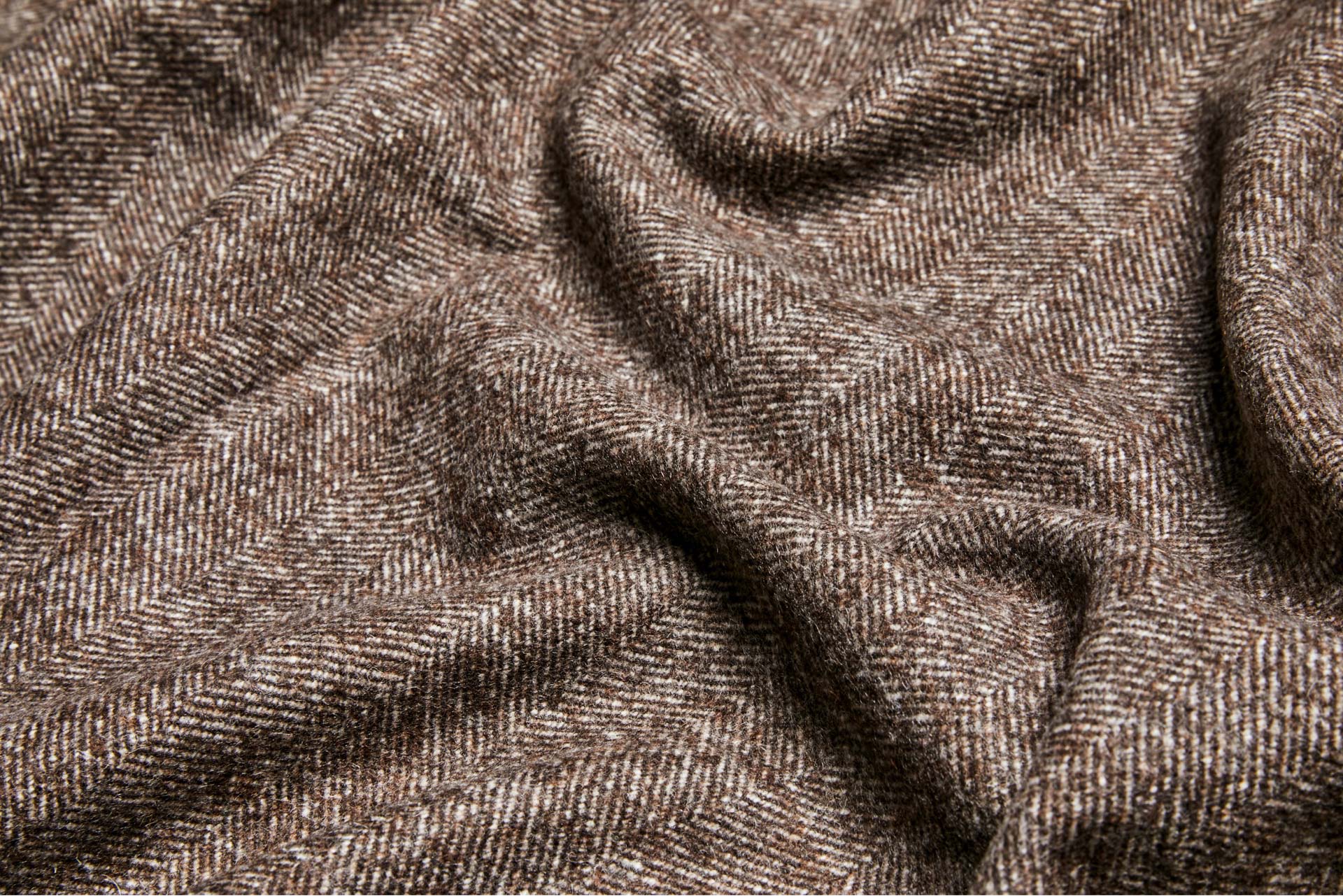Emmetex and the production of recycled wool, all you need to know about this material.
Recycled wool, what is it exactly?
Regenerated wool (also known as mechanical wool) is the result of a recycling process involving the use of old scraps of fabric or clothes that can no longer be worn.
These fabrics are subjected to a traditional production process called regenerating cycle, which was rediscovered and widely adopted during the 1950s in the city of Prato.
Using recycled wool for production processes allows to considerably decrease the effects on the environment, without having to sacrifice the characteristics of the wool itself.
All steps: from old to new
- Collection and sorting
The first step in the production of recycled wool is the collection of all unused fabrics or garments that can no longer be worn. Once collected, they are sorted by color and type.
- The job of the “cenciaiolis”
The cenciaiolis take care of the second step. These undisputed stars of the Prato textile industry “clean” the fabric by removing all elements that may damage the production of the final fabric: linings, pockets, thermal adhesives, buttons, and various other accessories.
- Carbonizzo and Lavastraccia
Once the fabric is consistent, the material is carbonized, a process in which all cellulose parts are removed. The material is now put into a special washer that turns it back into fiber, making the final fabric more durable.
- Drying
Finally, after drying, spinning and carding, the final yarn is made.
Fabrics like new!
Regenerated wool maintains all the properties of traditional wool:
- soft and pleasant to the touch
- thermally efficient
- very breathable
Emmetex and recycled wool
At Emmetex, ethics are of paramount importance.
We carefully select high-quality materials and we work with companies that share our eco-sustainable philosophy.
This is the reason why we have turned recycled wool into one of our strengths: producing valuable fabrics while caring about the environment.

